Did you know that cryotherapy temperatures often drop to a bone-chilling -200°F? This striking fact raises curiosity and a flurry of questions among fitness enthusiasts and wellness seekers alike. If you're considering a plunge into the world of cryotherapy, understanding the science behind its sub-zero temperatures is crucial. This comprehensive guide will unravel the complexities of cryotherapy temperature, so you're well-prepared for your frosty adventure.
Cryotherapy: Unveiling the Science Behind the Cold
The science of cryotherapy centers around the principle of exposing the body to extremely low temperatures. These temperatures are designed to trigger a physiological response that may help alleviate pain and inflammation, enhance recovery, and potentially boost overall well-being. With cryotherapy chambers offering a skin temperature drop of up to 30°F in just a few minutes, the effects are immediate but require a clear understanding of what cryotherapy entails.
How Cryotherapy Works
Cryotherapy works by simulating a state of extreme cold, which provokes the body to safeguard its core temperature. As a defense, blood vessels constrict, reducing blood flow to extremities and redirecting it to core areas. This reduces muscle soreness and speeds up recovery processes. The cryotherapy chamber, a crucial element of this process, maintains these low temperatures consistently with the help of liquid nitrogen or electricity.
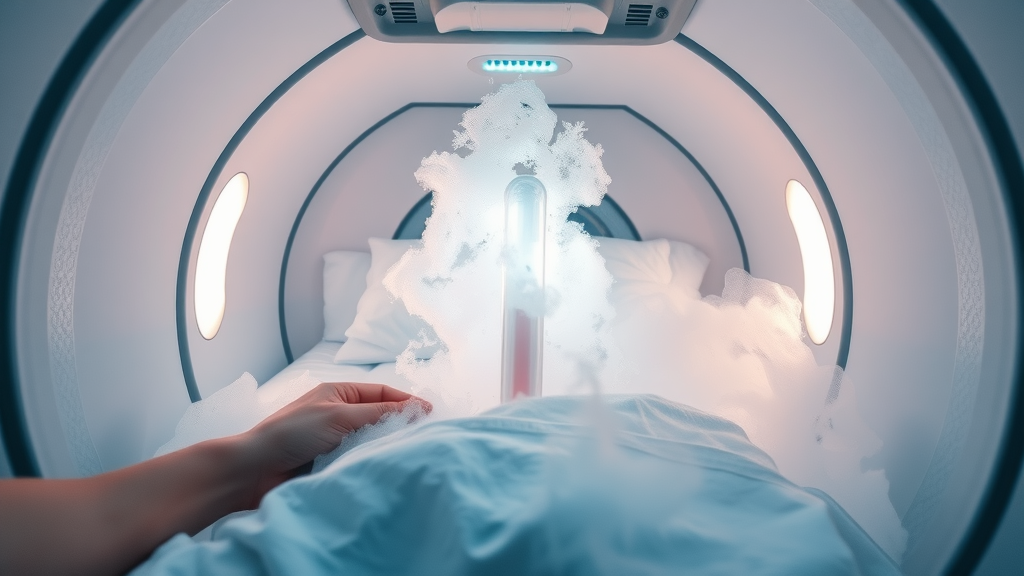
The Role of Cryotherapy Temperature in Treatment
The effectiveness of cryotherapy largely hinges on the precision of its temperature management. Treatments are typically performed at temperatures between -200°F to -300°F, which are significantly lower than those of an ice bath that only achieves around 50°F. This stark difference plays a pivotal role in why cryotherapy is preferred by elite athletes for quicker recovery and enhanced athletic performance.
Exploring the Cryotherapy Chamber and Its Impact
Functionality of a Cryotherapy Chamber
A cryotherapy chamber is meticulously designed to envelop the body with cold air, achieving skin surface cooling without compromising internal body temperature. These chambers are cylindrical and can accommodate the user standing with their head exposed. The design and the materials used in these chambers are optimized to ensure safety and comfort during the 2-3 minute session, making it an appealing choice among physical therapy practitioners.
Significance of Extreme Cold Temperatures
The rationale for using such extreme cold in therapies is to provoke both systemic and local healing responses. Exposing the human body to such low temperatures is thought to reduce inflammation especially in conditions like rheumatoid arthritis, and cut down recovery periods post-exercise by curtailing the effects of delayed onset muscle soreness.
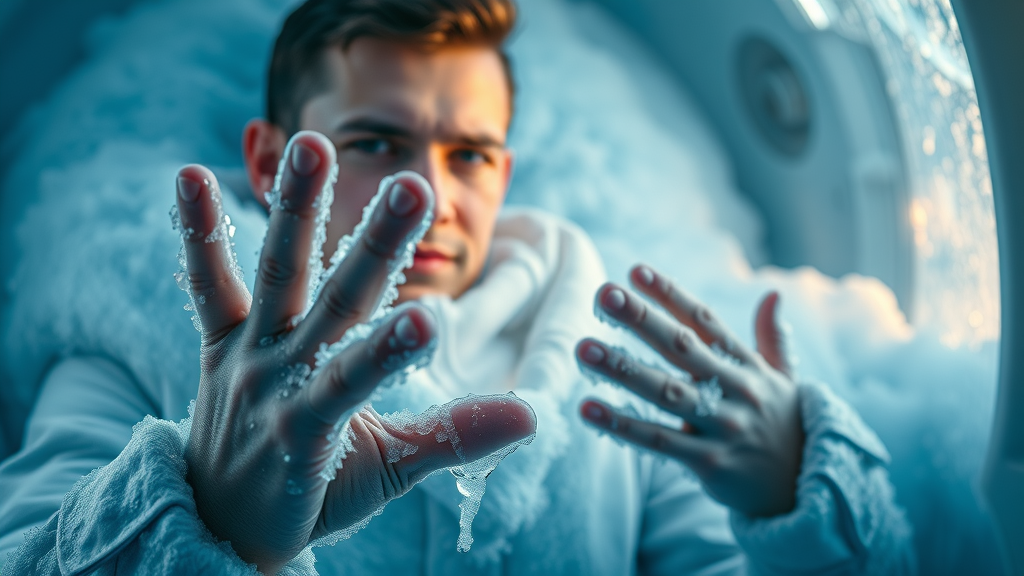
Cryotherapy Temperature: Key Facts and Figures
Typical Temperature Ranges in Cryotherapy
Cryotherapy sessions generally operate within a temperature range of -140°F to -300°F. Understanding these specific ranges is essential for customizing treatments according to individual needs, such as skin sensitivity or specific goals like reducing localized pain or achieving aesthetic enhancements.
Comparing Cryotherapy with Ice Bath
The ice bath, a traditional form of cold therapy, serves as a milder alternative to cryotherapy. While both methods aim to reduce muscle soreness and boost recovery, cryotherapy's technologic edge over ice baths is found in its ability to reach and sustain much lower temperatures. This results in a more potent anti-inflammatory effect within a shorter timeframe.
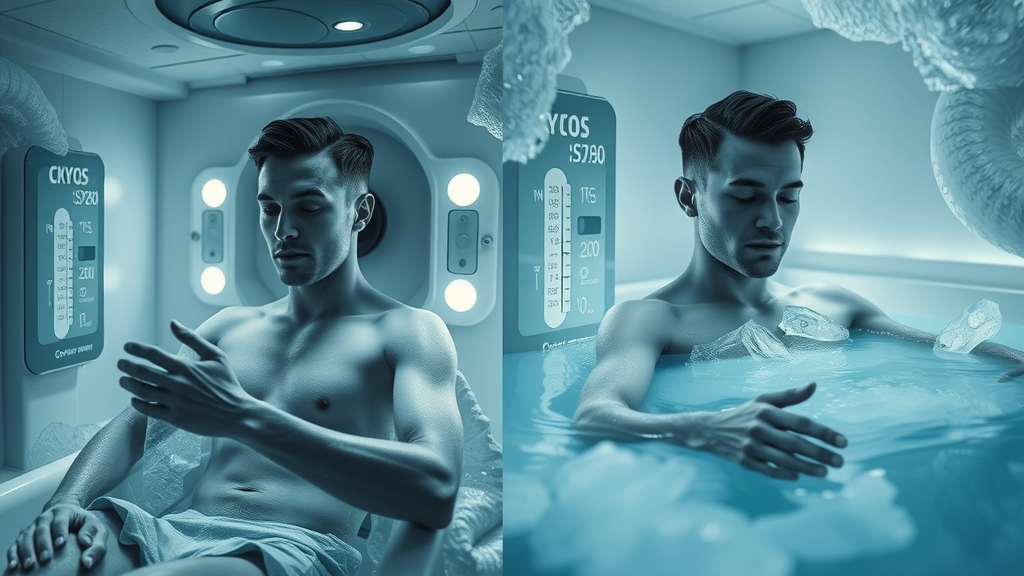
The Best Temperature for Cold Therapy
The optimal temperatures for achieving therapeutic benefits in cryotherapy can vary among individuals. However, the consensus among experts suggests maintaining a balance that permits physiological benefits without risking frostbite. Monitoring of parameters such as skin temperature ensures that treatments are executed safely while optimizing outcomes.
Experiencing Body Cryotherapy: What to Expect
Enduring Cold Air: How Do You Not Freeze?
Many might wonder how one can withstand such cold air without succumbing to the intense cold temperature. The secret lies in the brief exposure duration and the body's natural ability to counteract the cold by maintaining core body temperature. Wearing minimal clothing in the chamber aids in rapid heat exchange without compromising overall thermal balance.

Managing Skin Temperature and Comfort
One of the challenges of cryotherapy is ensuring that your skin temperature is kept within a safe range. Pre-session counseling helps users understand the procedures, while the presence of technicians during the session is crucial. Real-time temperature measurements ensure safety and enhance the efficacy of the treatment.
Reducing Muscle Soreness through Cryotherapy
Cryotherapy is highly regarded for its ability to reduce muscle soreness, particularly that associated with onset muscle soreness. By reducing inflammation and swelling, it allows for enhanced range of motion, making it a favored choice among athletes and sports medicine professionals alike.
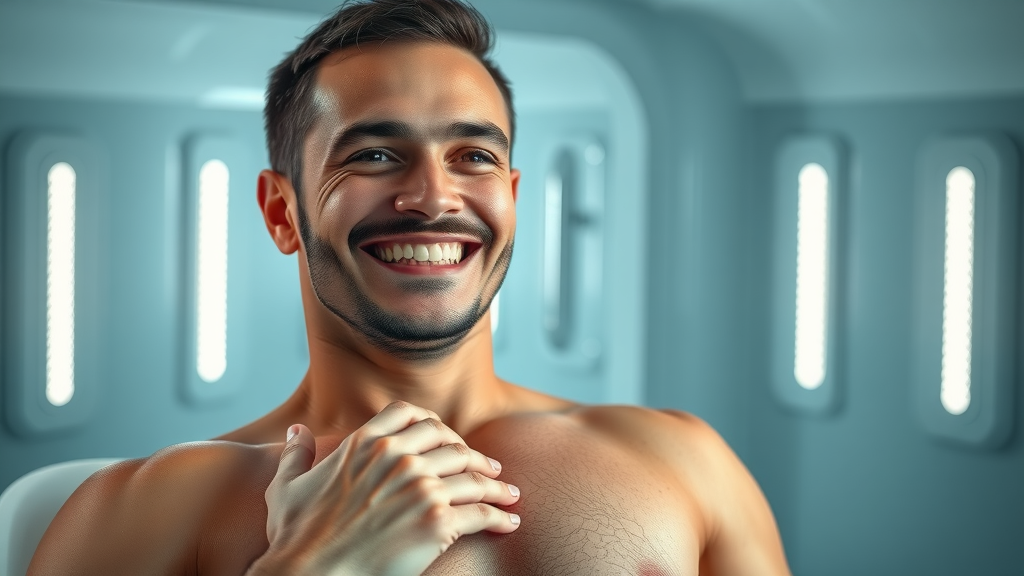
Liquid Nitrogen & Cold Air: Powering Cryotherapy Treatments
The Use of Liquid Nitrogen in Cryotherapy
Liquid nitrogen is pivotal in cryotherapy for its rapid cooling capabilities, allowing the chamber to drop its temperature swiftly. When injected into the chamber, it vaporizes and generates the extremely cold environment necessary for effective treatment. This method ensures even distribution of temperature, optimizing therapeutic effects.
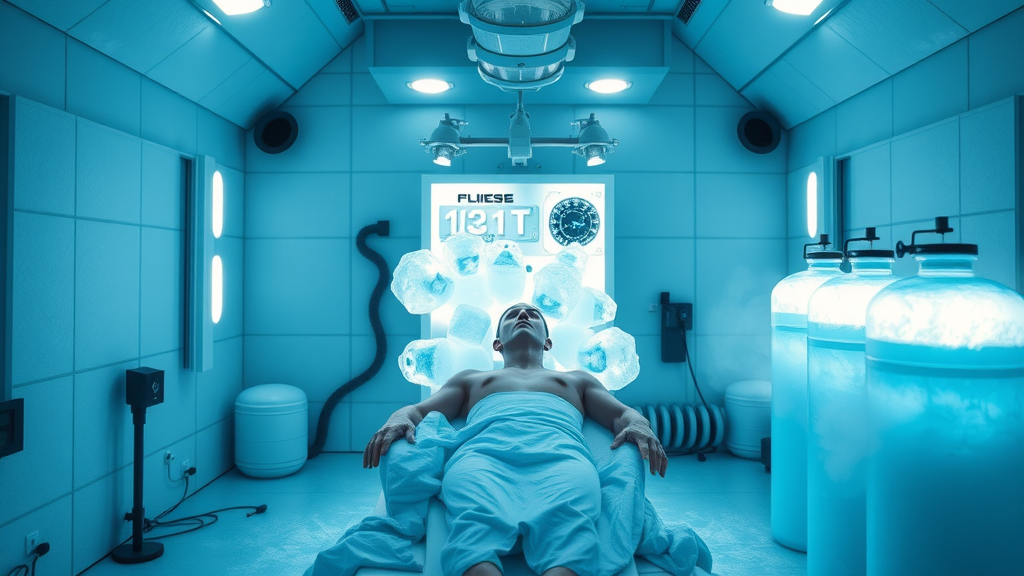
Effectiveness of Cold Air in Cryotherapy Sessions
Complementing liquid nitrogen, controlled cold air circulation is utilized to evenly maintain the chosen treatment temperature. The precision control systems utilized ensure that temperature levels remain within safe and effective ranges, thereby preventing any potential skin damage while maximizing treatment efficacy.
People Also Ask: Cryotherapy Temperature Queries
What Temperature is Considered Cryo?
The term "cryo" stems from the Greek word "kryos," meaning frost or cold. In context, any temperature below 32°F, which is the freezing point of water, is considered cryogenic. However, for therapeutic purposes, cryotherapy utilizes temperatures well below this, often reaching -200°F to -300°F.
How Do You Not Freeze in Cryotherapy?
The body doesn't freeze because the sessions are brief, generally no more than three minutes. The core temperature remains stable while only the skin temperature is reduced, which ensures a level of comfort despite the surrounding cold temperature.
What is the Degree for Cryotherapy?
Effective cryotherapy is performed at extreme cold temperatures, typically ranging from -140°F to as low as -300°F. These degrees are crucial for eliciting proper therapeutic responses such as inflammation reduction and enhanced recovery.
What is the Best Temperature for Cold Therapy?
The ideal temperature for cold therapy, especially cryotherapy, can vary, but it generally falls within the -200°F to -300°F range. This is optimal for activating the body's healing mechanisms without overexposing the skin to unsafe conditions.
Health and Sports Med Benefits of Cryotherapy
Relieving Delayed Onset Muscle Soreness
Delayed onset muscle soreness (DOMS) is a common concern for athletes. Cryotherapy effectively targets DOMS by diminishing the inflammatory response post-exercise, alleviating pain, and restoring functionality quicker compared to other recovery methods.
Cryotherapy in Sports Medicine
In the context of sports medicine, cryotherapy acts as a pivotal recovery tool by minimizing recovery times, reducing pain, and aiding in faster rehabilitation. This is why it is commonly included in recovery regimens for elite athletes and within sports clinics globally.
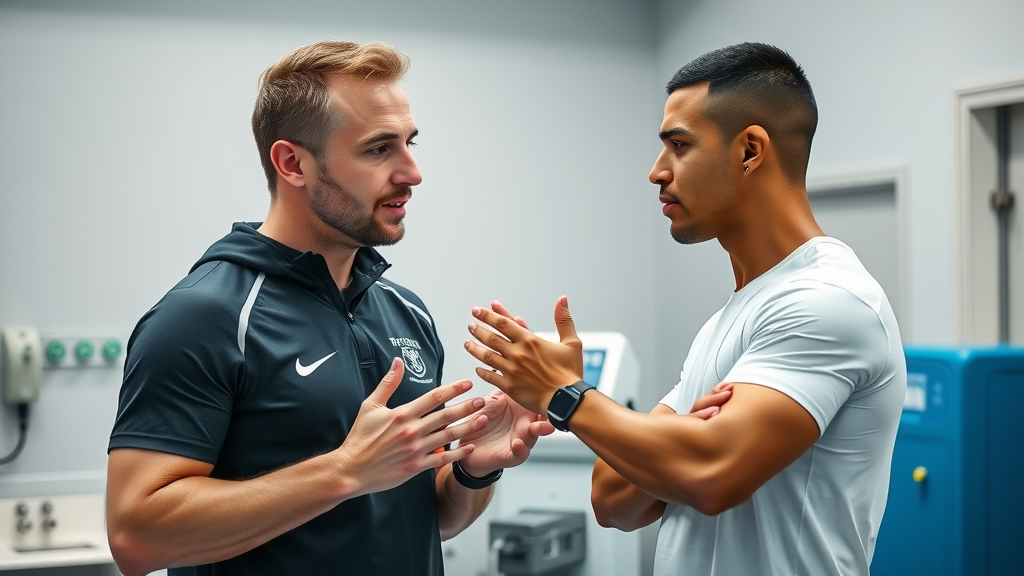
Quotes from Experts: Insights on Cryotherapy Temperature
"Cryotherapy has revolutionized recovery protocols, especially by tailoring treatments to individual preferences and tolerance to cold," notes Dr. Smith, a leading sports physiologist.
Comparative Table: Cryotherapy vs. Other Cold Treatments
| Treatment | Temperature Range | Duration | Primary Benefits |
|---|---|---|---|
| Cryotherapy | -200°F to -300°F | 2-3 minutes | Reduces inflammation, muscle recovery |
| Ice Bath | 50°F to 60°F | 10-15 minutes | Less intense anti-inflammatory effect |
Key Takeaways from Understanding Cryotherapy Temperature
- The extreme cold of cryotherapy triggers a physiological response that aids recovery.
- Cryotherapy chambers maintain temperatures well below freezing for optimal impact.
- Short sessions ensure safety and maximize therapeutic benefits.
Conclusion and Next Steps
Consider incorporating cryotherapy into your wellness routine to harness its full potential for faster recovery and reduced inflammation.
Embark on Your Cryotherapy Journey
Whether you're an athlete or just curious, experiencing cryotherapy can offer you new insights into cold therapies. Schedule your first session today and discover the chilling benefits for yourself!
 Add Row
Add Row  Add Element
Add Element 
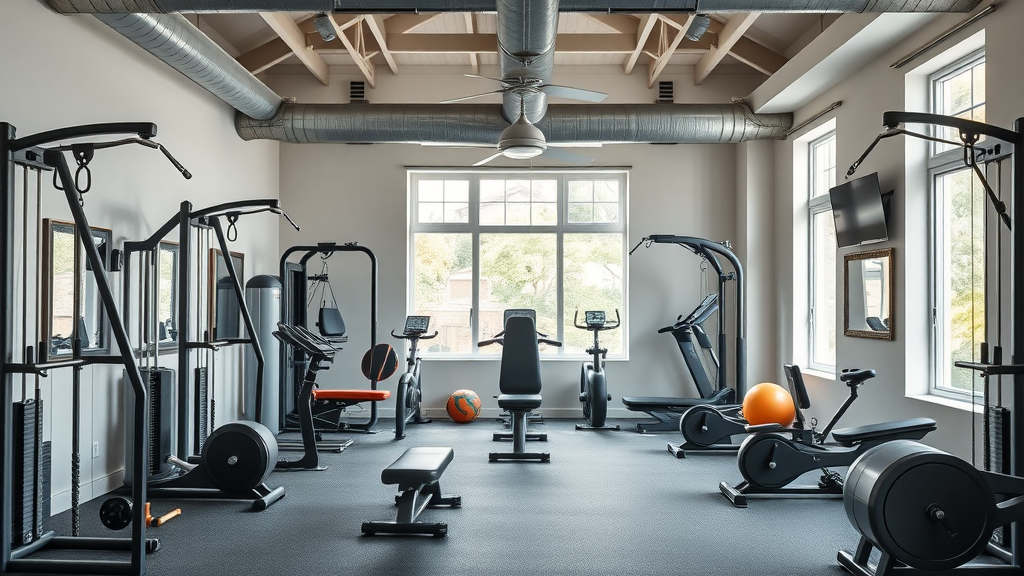

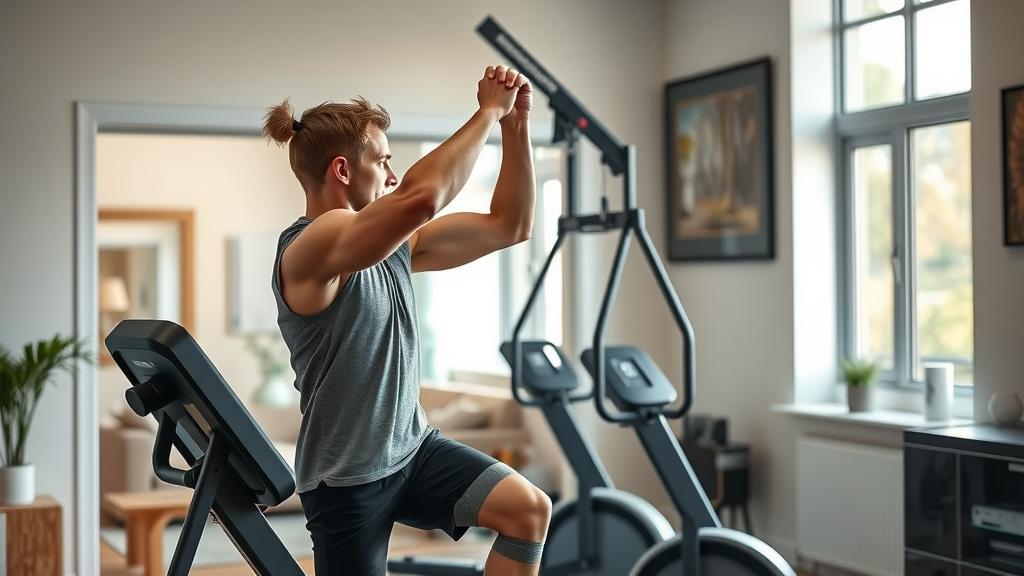
Write A Comment